These are the Lego. These little building blocks that keep kids busy for hours creating perfect creations.
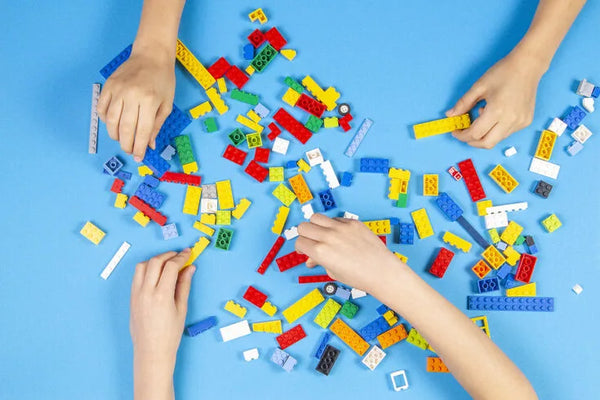
THE educational benefits of Lego are so numerous that it is no wonder that many consider them the best toy ever. It is a great tool for brain development in the early years of life.
Let's take a look at some of the skills that Lego can develop.
creative thinking

The real learning power of Legos lies in their evolutionary nature. Lego is not a single function toy.
Few things can stimulate creative energy as much as a lego box mixed.
Children need to think about what they want to build, how to build it, and then find a way to bring what they imagine to life.
While the model ideas on offer can be fun to introduce your kids to the possibilities, the real learning happens when kids build freely.
Fine motor skills
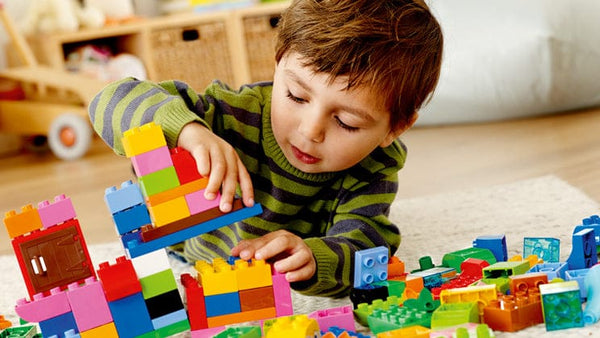
It takes a lot of skill and finger control to manipulate the small blocks.
Lego is therefore a great fine motor activity that will develop your children's fine motor coordination and strengthen the small muscles in their hands.
In fact, the Classic Lego blocks are too difficult for young children to handle, as their little fingers are more adept at handling larger blocks like Lego Duplo.
As they gain more proficiency, they can move on to smaller sized pieces.
hand-eye coordination
Play with Legos and other building games helps develop multiple physical skills.
Part manipulation helps develop hand-eye coordination, training the eyes and hands to work together, as well as bilateral integration - where both sides of the body (or both hands) learn to work together.
Problems solving
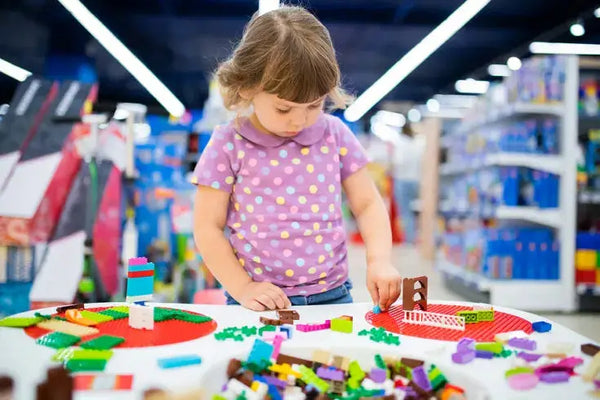
Problem solving - a skill often considered one of the most important for standing out in the job market - is developed very early in life, through play.
While you can do exercises as an adult to try to improve this ability, the best way to encourage this skill in your children is to immerse them in games that get them to regularly solve problems on their own. .
What is the relationship between Lego and problem solving?
Absolutely.
When children build, they solve one problem after another trying to get the pieces to fit together, the structure to look like they imagined, and the pieces to be structured accordingly. of different functions.
They acquire skills in technology and engineering.
attention span
One of the reasons why Lego is so good for the brain is that it develops the ability to concentrate.
The more a child is immersed and "lost" in an activity, the more their ability to concentrate develops.
Toddlers may only play for 5 minutes, but as they grow and become involved in their play activities, the time they spend in an activity increases.
Unlike screen time, which is a passive activity, any playtime where the child is actively involved in thinking will have a positive impact on the development of their attention span.
Planning
Learning to plan is a skill that should be practiced like any other.
At school, you will notice that a child does not know how to plan his work. For example, it runs out of space on the page, starts without a clear direction and later changes course, or asks to start over.
Have you ever seen a child's drawing of their family, where the last person is squashed into a corner? This shows that the child is developing their ability to plan before starting a task, as well as their spatial skills when planning their page or task.
Lego is a great tool to practice having a plan in mind and implementing it.
A young child can begin by experimenting with Legos, discovering that they fit together and can be stacked to form a tower.
Later, as his brain develops, he begins to build structures with intent.
Knowledge of colors and shapes
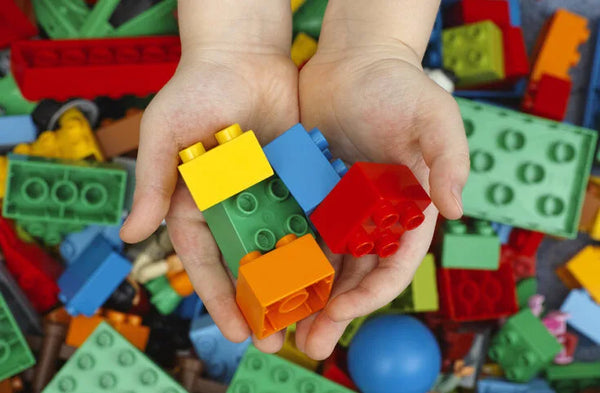
Learning about colors and shapes in early childhood does not have to happen through color and shape activities.
Just by exposing children to educational activities, games and toys, they learn these concepts incidentally.
It is very useful to increase hands-on experiences, such as feeling the shapes of blocks and Legos when playing with them.
Social abilities
While learning with Lego can be done through independent play, one of the most educational aspects of this game is that it builds social skills.
When children build something together, they learn to share, to consider others' opinions, to take turns, to be patient, and to give constructive feedback and criticism ("It might fall apart if we do this; why don't we try it this way").
They also discover the joy of working collaboratively with someone as well as the simple pleasure of spending time with friends.
emotional development
Playing with construction toys is not only a therapeutic and anti-stress activity, but it also encourages symbolic play (or pretend play).
When children play pretend with others, they have the opportunity to "play life", so to speak, in a safe and healthy way.
They role-play, chat, pretend to be adults and try to understand all aspects of life through play.
Early math skills
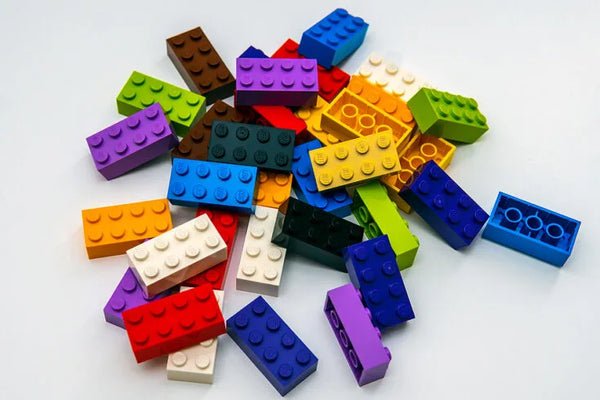
One of the reasons Lego is good for development is that it helps build an early foundation for math concepts such as shape, number concept, measurement, etc.
By manipulating the small blocks, children learn mathematical concepts and terms such as:
- One more, one less
- Bigger, taller, longer, shorter
- Not enough, too much, how much
- Straight, zigzag, round, ridges
- The same as, more than, enough, etc.
Perseverance
Feeling determined to finish something builds perseverance, an important value to teach children.
An activity like building a structure has a starting point and a goal to achieve. Few kids would just give up on their build halfway, which motivates them to persevere.
These are just a few of the reasons why Legos are good for the brain and general development.
Ready to boost your children's intelligence with Lego? With all the choices of Lego games, where to start ?
It's hard to go wrong, because they're all educational. However, in my opinion, a simple Lego Duplo set is perfect for toddlers and a classic Lego brick set for older kids is all you need.
Unless you intend to buy several brick games more specialized (like this wildlife safari brick set), it's easier and more beneficial to have a regular set with a few extra standard accessories, with which you can build anything.
11 advantages of Lego toys
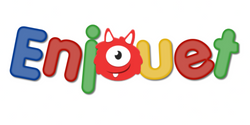

0 comments